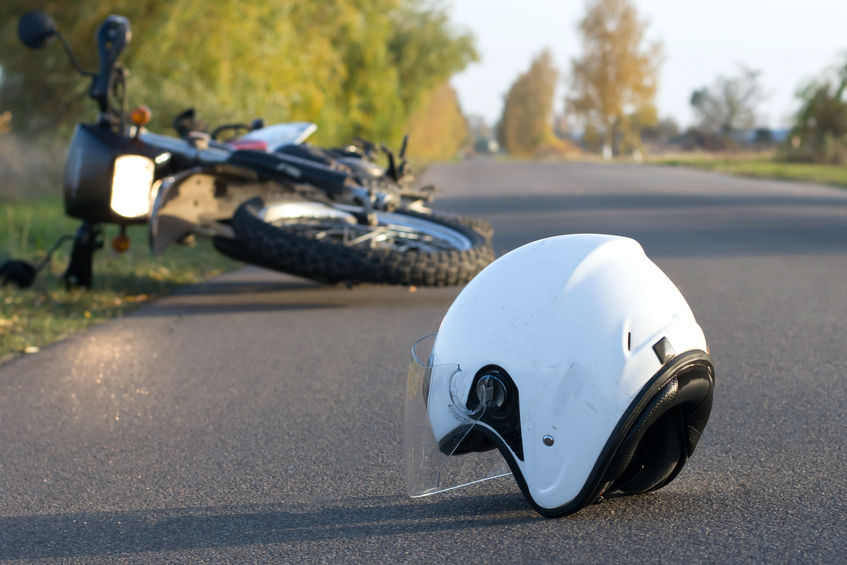If you were injured on an unsafe sidewalk in Washington State, there are several steps…

Who is Responsible for Snowy, Icy, or Obstructed Sidewalks?
In Washington State, the responsibility for clearing snow, ice, and other obstructions from sidewalks can vary depending on the location and ownership of the sidewalk.
If the sidewalk is located on private property, such as in front of a business or residential property, the responsibility for clearing snow and ice typically falls on the property owner. The property owner is responsible for ensuring that the sidewalk is cleared of snow and ice within a reasonable amount of time after a snowstorm or other inclement weather event.
If the sidewalk is located on public property, such as along a public street or in a park, the responsibility for clearing snow and ice typically falls on the local government agency that is responsible for maintaining the sidewalk. This can include a city or county government, a park district, or another government agency.
In some cases, the responsibility for clearing snow and ice from sidewalks may be shared between the property owner and the local government agency. For example, in some cities, the local government may require property owners to clear the snow and ice from sidewalks in front of their property, but also have the authority to issue fines or penalties if the property owner fails to do so.
It’s important to note that in Washington State, property owners are also responsible for ensuring that their sidewalks are clear of any other obstructions that may pose a hazard to pedestrians, such as fallen branches or debris.
According to SDOT, vegetation should be kept:
- 8 feet above the sidewalk
- 14 feet above the curb
- 1 foot back from the edge of the sidewalk
If a pedestrian is injured as a result of a snowy, icy, or obstructed sidewalk, the responsibility for the injury will depend on the specific circumstances of the case. In some cases, the property owner may be held liable for the injury if they failed to clear the sidewalk of snow or other hazards within a reasonable amount of time. In other cases, the local government agency may be held liable if they failed to properly maintain the sidewalk or provide adequate warnings about hazards.
To avoid potential liability and ensure pedestrian safety, it’s important for property owners and local government agencies to take proactive steps to clear snow and ice from sidewalks and address any other hazards in a timely manner. By working together, we can create safer and more walkable communities for everyone. Getting compensated for injuries from obstructed or dangerous sidewalk conditions can be a challenge for a victim to deal with alone. It’s best to contact an experienced attorney, like WeierLaw, to review your case.



